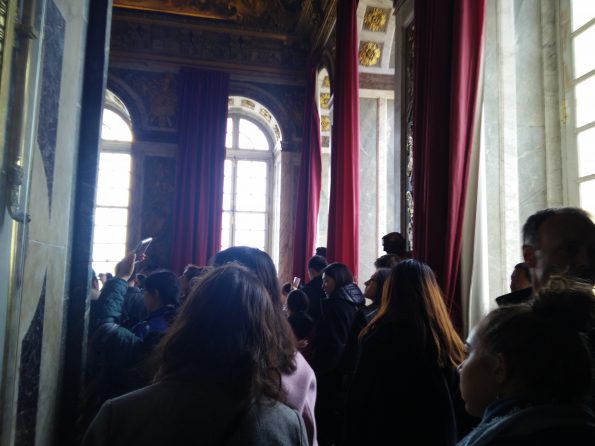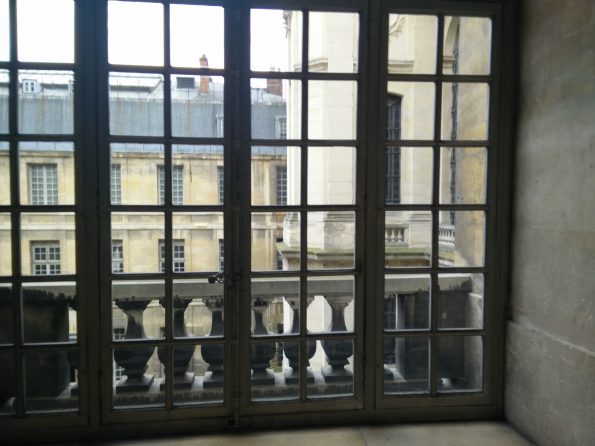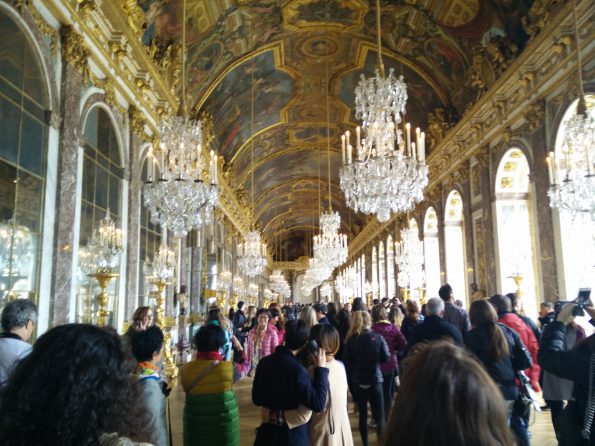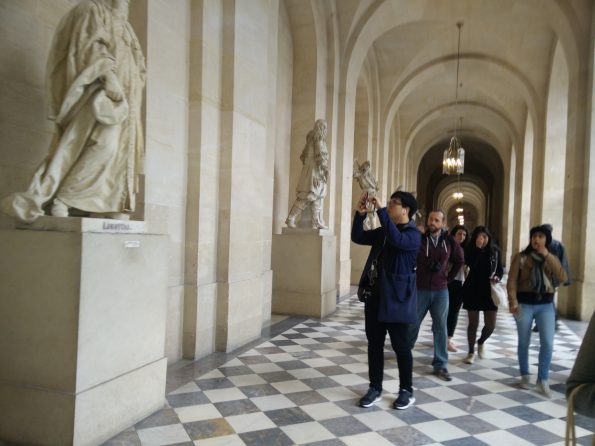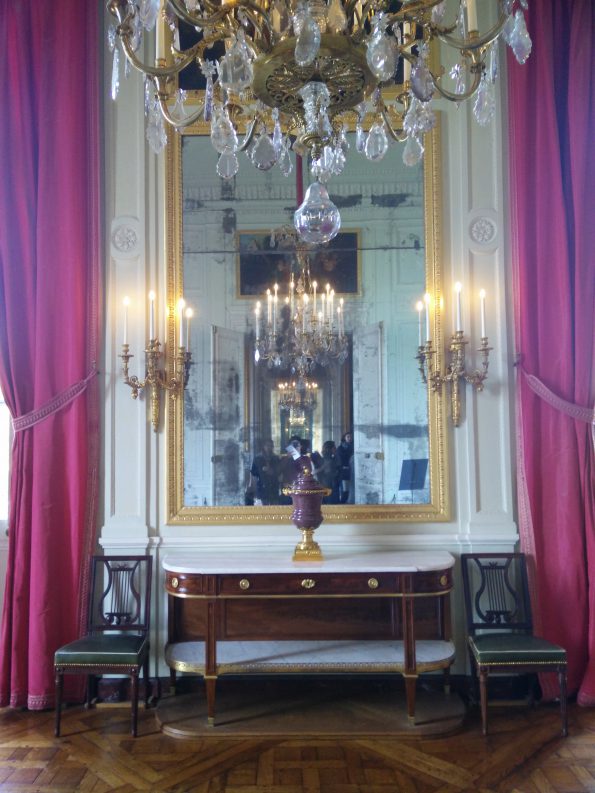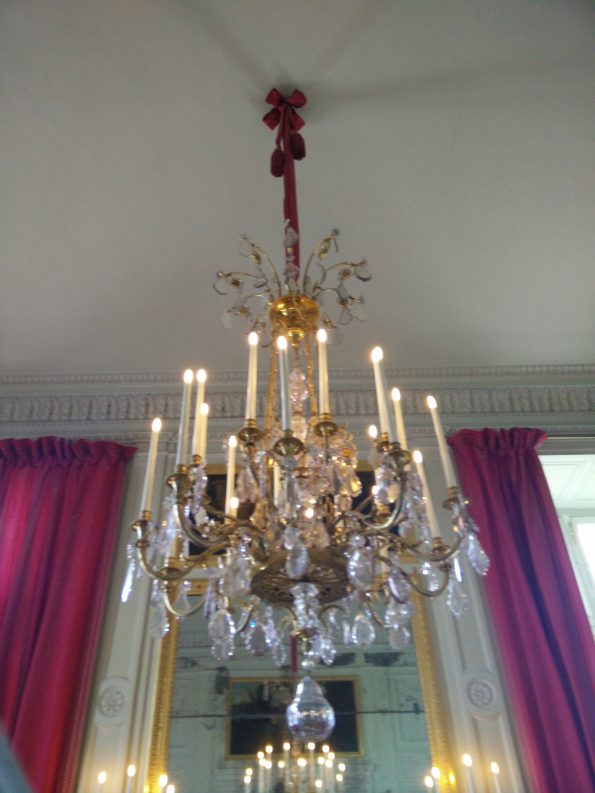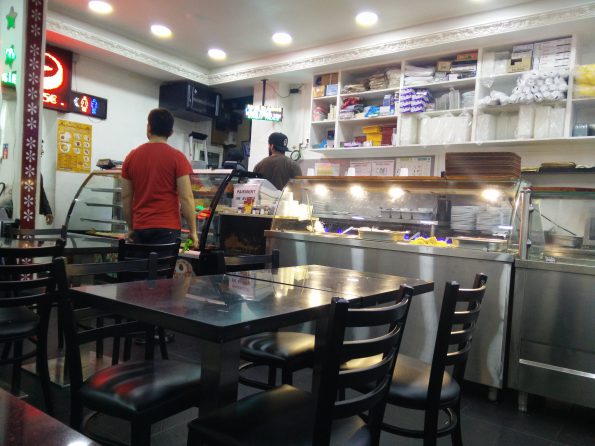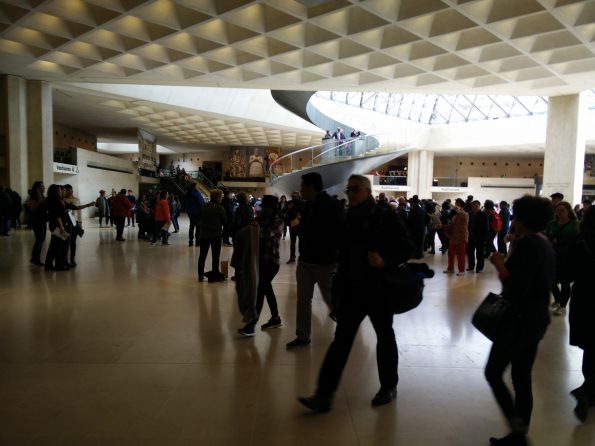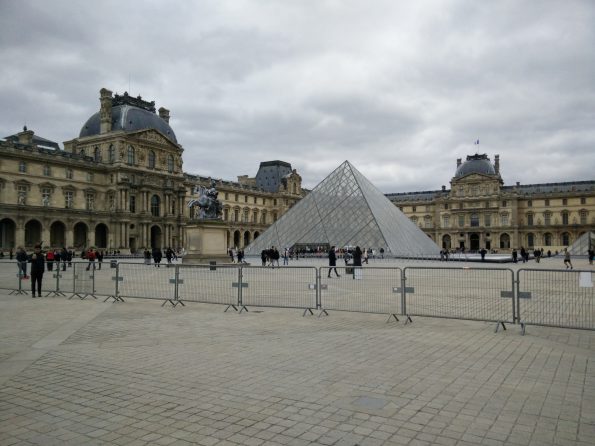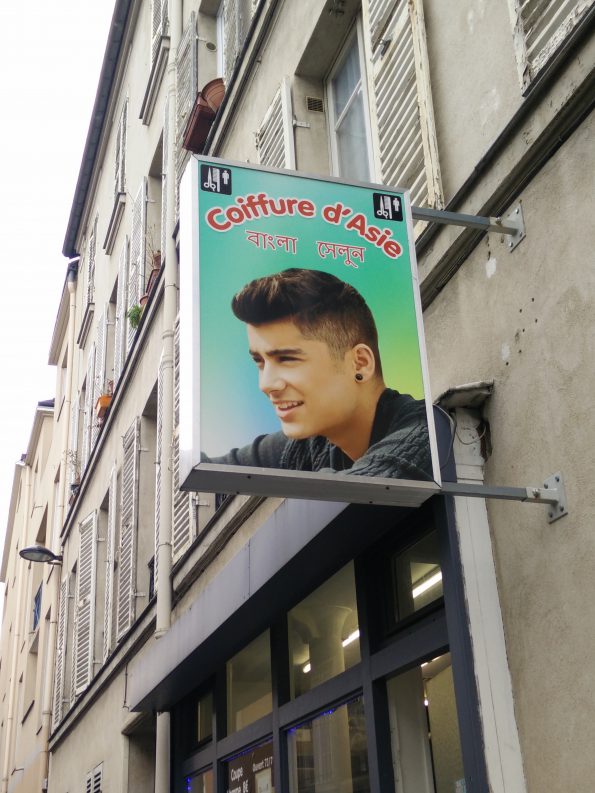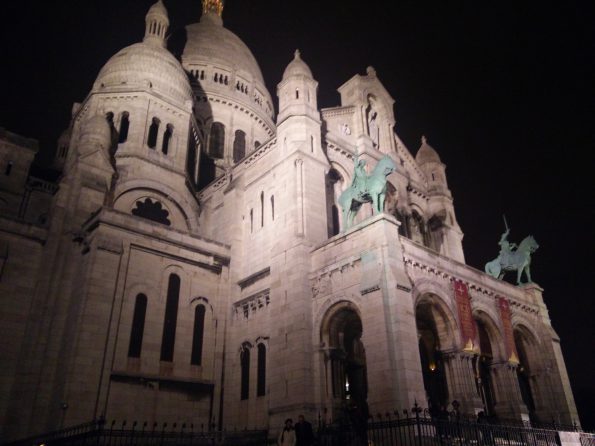It took me a few days to get used to Paris’ metro system. The idea is simple: buy a ticket, enter it into the turnstile, retrieve it, walk through, and then ride your train. But the details make it tough: the turnstile may lock if you take too long, it might eat your ticket and refuse to open the door, you might have accidentally taken the north train when you were supposed to take the south (something I did many times), or you may leave something on the train and only realize when it’s too late.
These worries flood my mind each time I step underground. On this particular day I board the number six train on the way to the Eiffel Tower. I run onto the car before the doors close and I clutch the grimy, cold metal bar for balance. Eventually a seat opens up and I take my place. I hear a dull quietness that can only come from a room full of strangers. It baffles me how so many people with one common destination cannot find anything in common to talk about. They would rather ignore each other and stare at nothing till their stop arrives. The sterile silence is suffocating.
Then at the next stop, one more stranger steps on. The elderly man wears a white beard and brown hat. He brings in a large stereo system and an accordion, says his greetings with a loud “Bonjour,” and then puts his instruments on full blast while singing. Before I can catch myself, I find my foot tapping and my head nodding. But I quickly stop myself, because I knew the drill. I have been on enough metro rides in Paris to know that these unsolicited singers are to be ignored. But off to the left of me two Parisian children, delighting in the happy tunes, dance and jump around anyway. And I cannot help but agree with their enthusiasm.
I nod again to the beat of his music. He sings in French words I have no hope of understanding. And yet, I feel his emotion. He expresses a kind of mournful delight, one that only comes after having accepted the nature of one’s loss, and then finding some happiness in continuing onward. He wears disappointment and joy all at once. As if he has accepted the bland truth of this metro full of silent strangers, and has decided to move on happily with it just as the train car moves on around us. As if he has long known all the minor fears I have about using the metro, but got on anyway. And just like that the man brought delight to my quiet, scary car. I feel indebted to him.
I pull out some spare euros and I happily offer my payment. He thanks me.
But then I watch as the old man walks down the car and not a single other person does the same.
I understand the logic of it; the man is a panhandler after all. But were these Parisians still not delighted by the brief minute of joy he brought to this world of silence? Apparently not, because after a few moments the old man leaves our car in a tired huff, likely preparing for his next thankless song.

